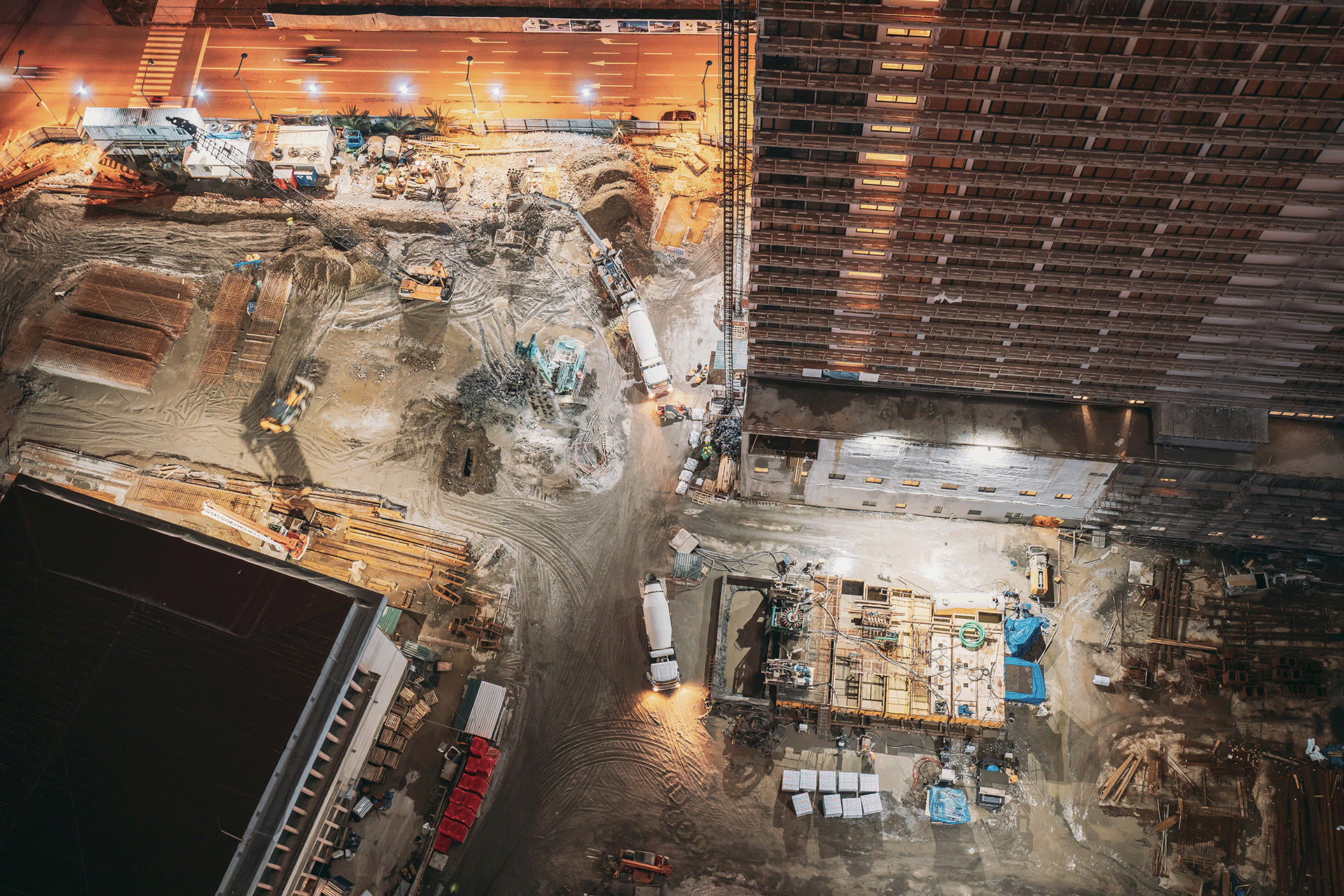Introduction
Commercial property developers and industrial stakeholders face unique risks when it comes to managing asbestos. From navigating legal compliance to protecting worker health, understanding these risks is critical during property acquisition, renovation, or redevelopment.
This article answers five commonly asked questions about asbestos in commercial buildings.
Why Is Asbestos Still a Concern in Commercial Buildings?
Although asbestos was banned in Australia in 2003, many commercial and industrial buildings constructed prior to this date still contain asbestos-containing materials (ACMs). Common areas include roofing, insulation, pipe lagging, wall sheeting, and floor underlays.
These materials, when disturbed, can release microscopic fibres that pose serious health risks – including mesothelioma, asbestosis, and lung cancer. The latency of these illnesses means workers or tenants may not show symptoms until decades later.
Even in seemingly well-maintained properties, environmental wear, renovations, or accidental damage can expose hidden asbestos. This is why routine audits and clear asbestos registers are essential in commercial settings.
If you're interested in learning more about Asbestos Management, read more here.
What Are a Developer’s Legal Obligations Around Asbestos?
In New South Wales and across Australia, developers and commercial property owners are legally obligated to manage asbestos in accordance with the Work Health and Safety Regulation 2017 and Safe Work Australia’s Model Code of Practice for the Management and Control of Asbestos in Workplaces.
Key requirements include:
- Asbestos register: Must be prepared and maintained for any workplace built before 2004.
- Asbestos management plan: Required if asbestos is identified or assumed present.
- Licensed removal: Only licensed asbestos removalists can undertake Class A (friable) or Class B (non-friable) asbestos work.
- Notification and air monitoring: WorkSafe notification and independent air monitoring are required for high-risk removals.
Developers must ensure all assessments, registers, and remediation work are conducted by appropriately qualified professionals to avoid liability and penalties.
When Should a Commercial Property Be Assessed for Asbestos?
The earlier asbestos is identified, the smoother your development project will be. A full asbestos assessment should be arranged:
- Before purchasing a commercial or industrial property
- Prior to renovation or demolition
- When there’s a change of use or occupancy
- If materials are damaged, degraded, or suspected to contain asbestos
Proactive assessments also support due diligence processes and reduce the risk of uncovering asbestos mid-project, which can lead to delays, budget blowouts, or regulatory breaches.
What’s Involved in Safe Asbestos Removal or Management?
Safe asbestos remediation begins with a professional asbestos survey and clear risk classification. Depending on the location and condition of the ACMs, your options may include:
- Encapsulation or enclosure: If the material is in good condition and not likely to be disturbed
- Removal by licensed contractors: Required for friable or deteriorating asbestos
- Air monitoring and clearance inspections: To ensure the area is safe for reoccupation
Developers must engage licensed asbestos professionals accredited by SafeWork NSW or other relevant state bodies. Failure to do so can expose occupants, workers, and contractors to serious harm and lead to legal consequences.
At Raw Earth Environmental, we offer comprehensive Asbestos and Hazardous Materials Surveys – Interested? Learn more here.
How Can Early Asbestos Identification Reduce Costs and Delays?
Early-stage asbestos audits provide developers with a strategic advantage. By knowing where ACMs are located before construction begins, you can:
- Incorporate removal into early budgets and timelines
- Avoid costly rework or project halts
- Streamline WHS approvals and council development applications
- Protect your workforce and future tenants
From a business continuity and reputational standpoint, asbestos planning isn’t just a regulatory obligation – it’s a strategic safeguard. Investing in early identification helps avoid last-minute complications and ensures your project runs on time and within scope.
Plan Ahead to Protect Your Investment and Team
Whether you’re acquiring, refurbishing, or leasing a commercial property, understanding asbestos risks is essential. Raw Earth Environmental offers detailed asbestos surveys, register development, and safe remediation strategies to ensure you stay compliant and avoid costly delays.
Contact us today to schedule a consultation.








.png)





